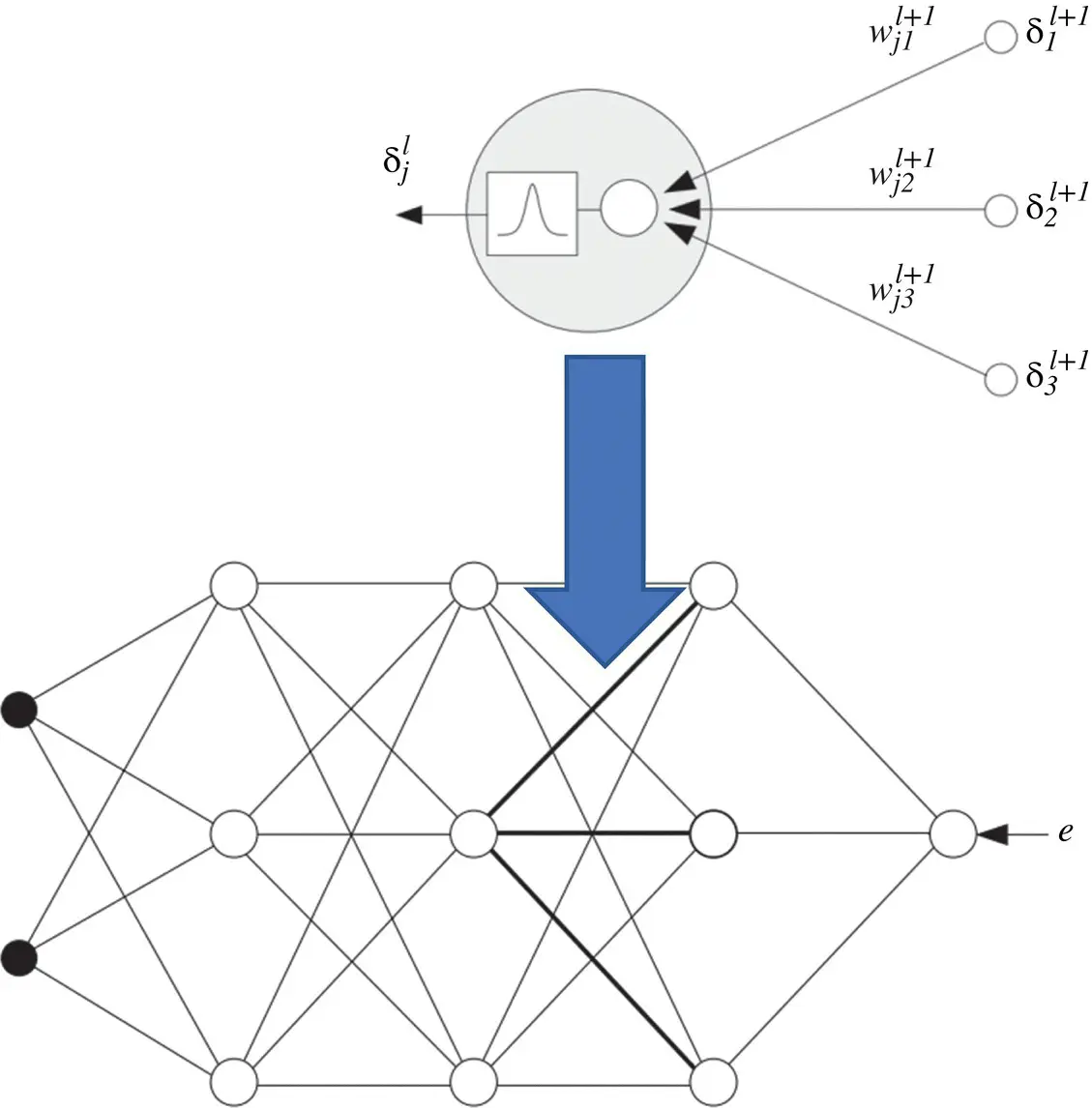Savo G. Glisic - Artificial Intelligence and Quantum Computing for Advanced Wireless Networks
Здесь есть возможность читать онлайн «Savo G. Glisic - Artificial Intelligence and Quantum Computing for Advanced Wireless Networks» — ознакомительный отрывок электронной книги совершенно бесплатно, а после прочтения отрывка купить полную версию. В некоторых случаях можно слушать аудио, скачать через торрент в формате fb2 и присутствует краткое содержание. Жанр: unrecognised, на английском языке. Описание произведения, (предисловие) а так же отзывы посетителей доступны на портале библиотеки ЛибКат.
- Название:Artificial Intelligence and Quantum Computing for Advanced Wireless Networks
- Автор:
- Жанр:
- Год:неизвестен
- ISBN:нет данных
- Рейтинг книги:3 / 5. Голосов: 1
-
Избранное:Добавить в избранное
- Отзывы:
-
Ваша оценка:
Artificial Intelligence and Quantum Computing for Advanced Wireless Networks: краткое содержание, описание и аннотация
Предлагаем к чтению аннотацию, описание, краткое содержание или предисловие (зависит от того, что написал сам автор книги «Artificial Intelligence and Quantum Computing for Advanced Wireless Networks»). Если вы не нашли необходимую информацию о книге — напишите в комментариях, мы постараемся отыскать её.
A practical overview of the implementation of artificial intelligence and quantum computing technology in large-scale communication networks Artificial Intelligence and Quantum Computing for Advanced Wireless Networks
Artificial Intelligence and Quantum Computing for Advanced Wireless Networks



 leading to the weight update
leading to the weight update  .
.
 is the derivative of the sigmoid function of s . We have also used for the output layer
is the derivative of the sigmoid function of s . We have also used for the output layer  . With this, at the output layer, each neuron has an explicit desired response, so we can write
. With this, at the output layer, each neuron has an explicit desired response, so we can write
 .
. indirectly through all node values
indirectly through all node values  in the next layer. Referring to the upper part of Figure 3.3, we again employ the chain rule
in the next layer. Referring to the upper part of Figure 3.3, we again employ the chain rule

 , we get
, we get  In summary, we have
In summary, we have

 we note that
we note that  in Eq. (3.13). The above processing is illustrated in Figure 3.4, indicating the symmetry between the forward propagation of neuron activation values and the backward propagation of δ terms.
in Eq. (3.13). The above processing is illustrated in Figure 3.4, indicating the symmetry between the forward propagation of neuron activation values and the backward propagation of δ terms.


 .
.










